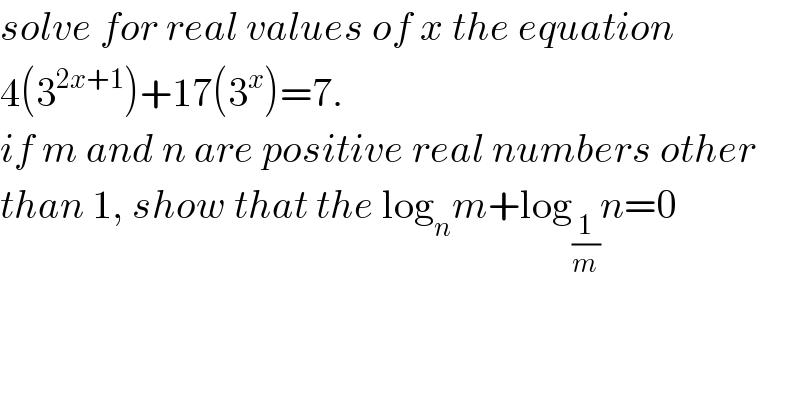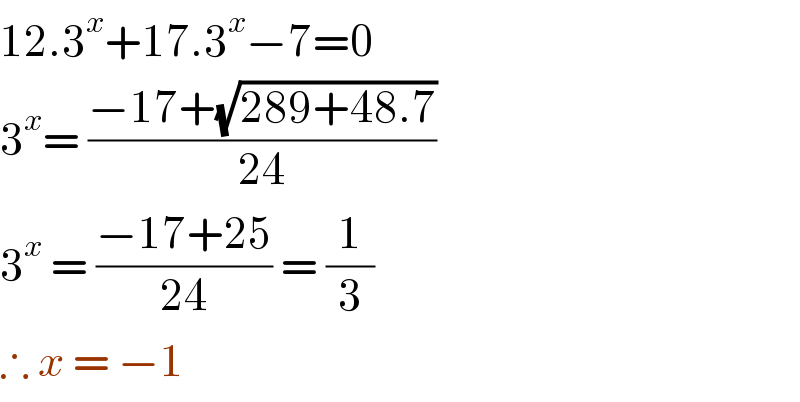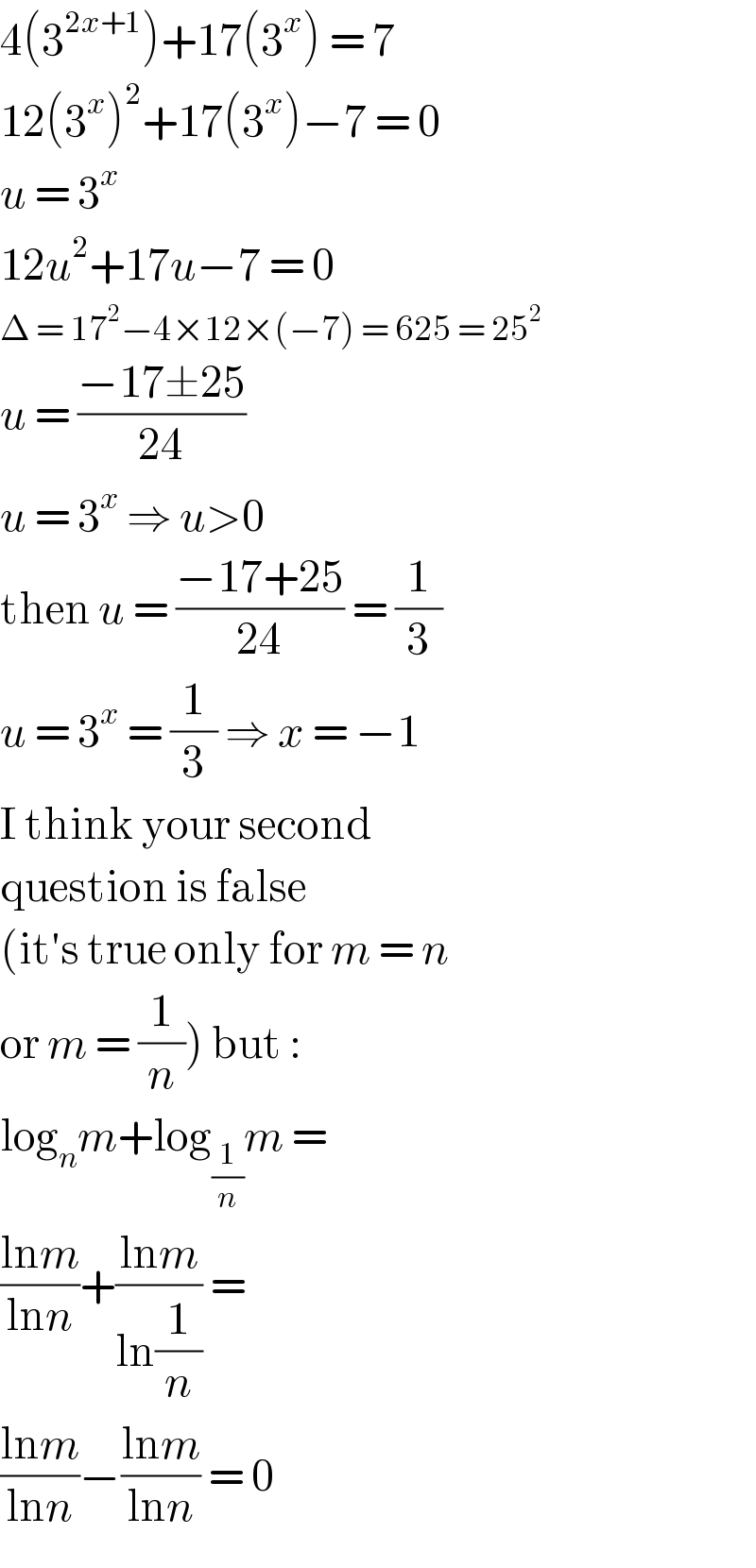
Question and Answers Forum
Question Number 104199 by hardylanes last updated on 20/Jul/20

Answered by bemath last updated on 20/Jul/20

Answered by OlafThorendsen last updated on 20/Jul/20

| ||
Question and Answers Forum | ||
Question Number 104199 by hardylanes last updated on 20/Jul/20 | ||
 | ||
Answered by bemath last updated on 20/Jul/20 | ||
 | ||
| ||
Answered by OlafThorendsen last updated on 20/Jul/20 | ||
 | ||
| ||